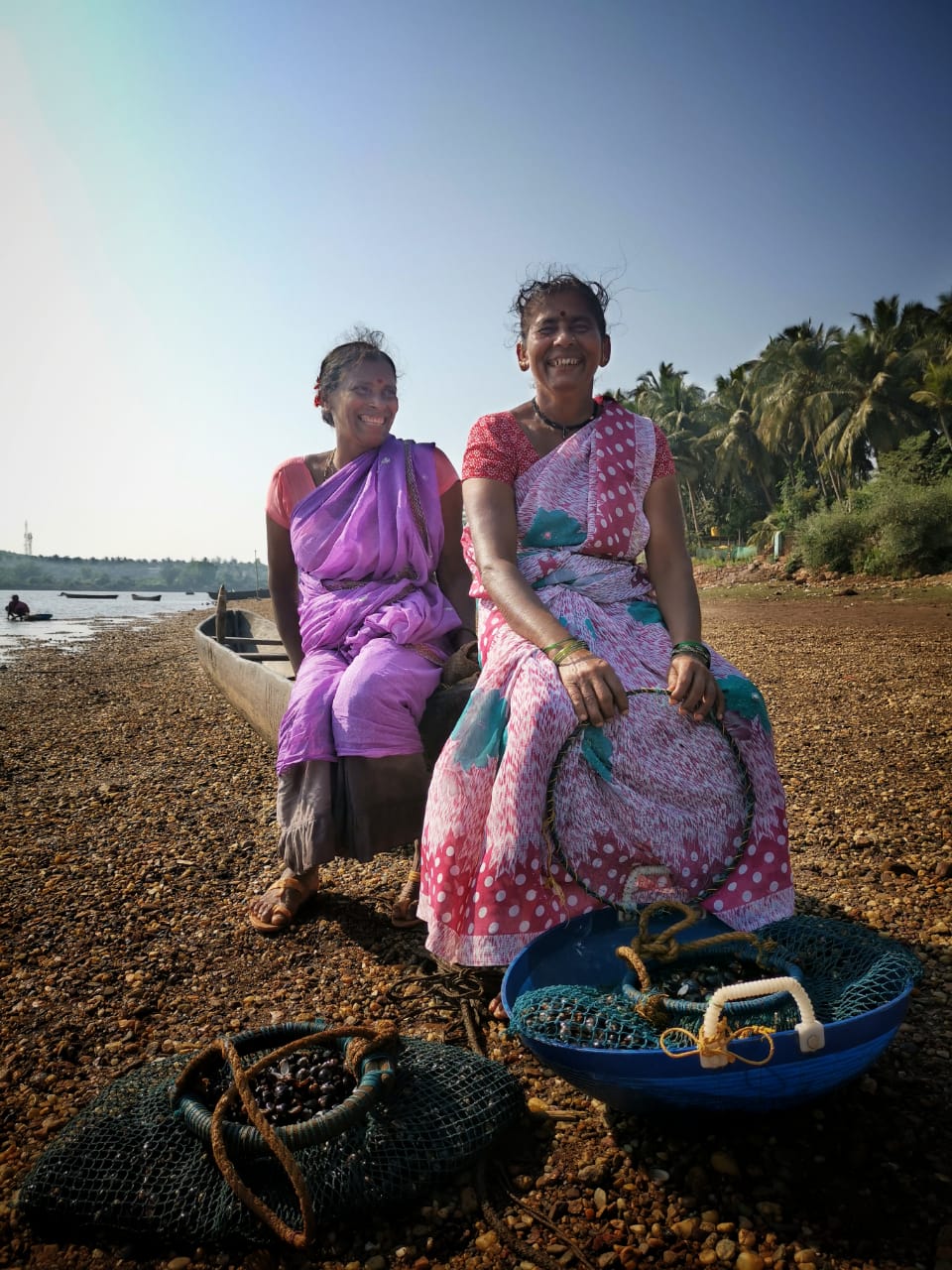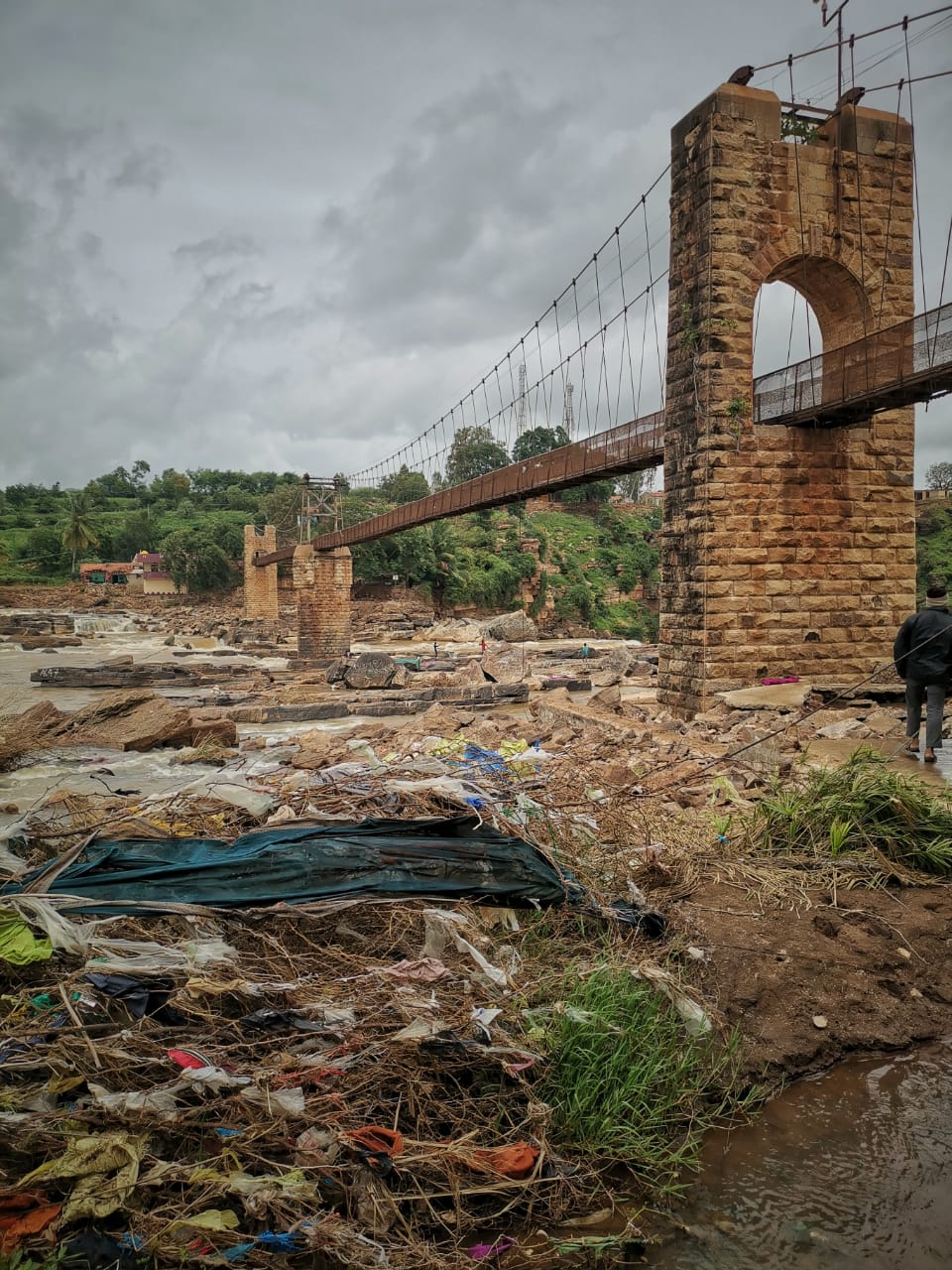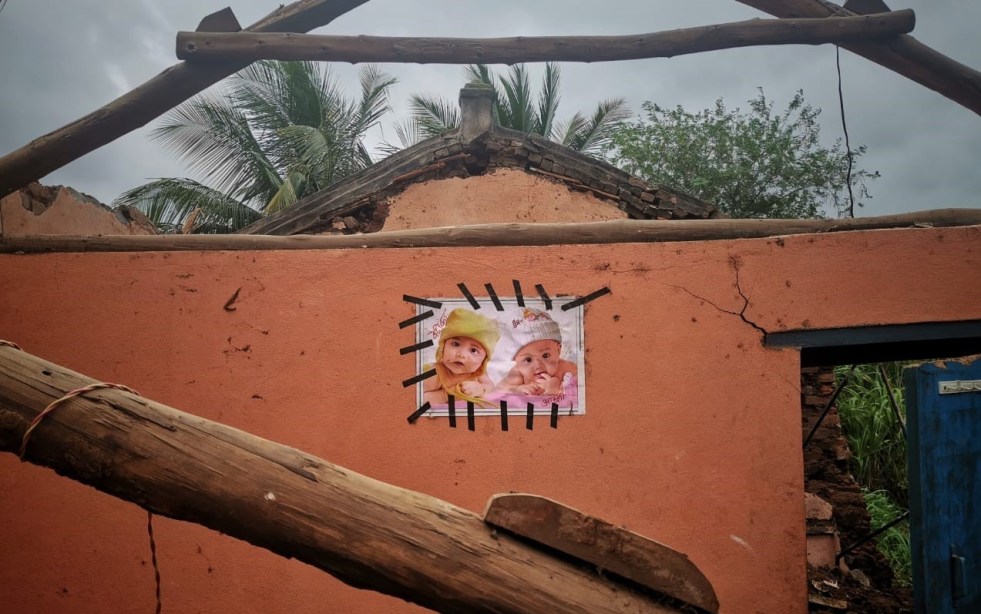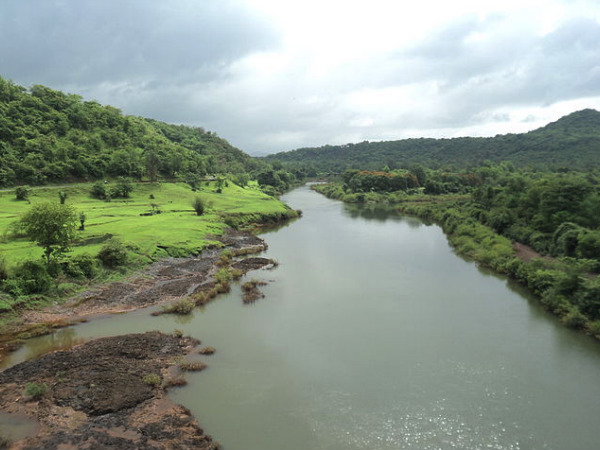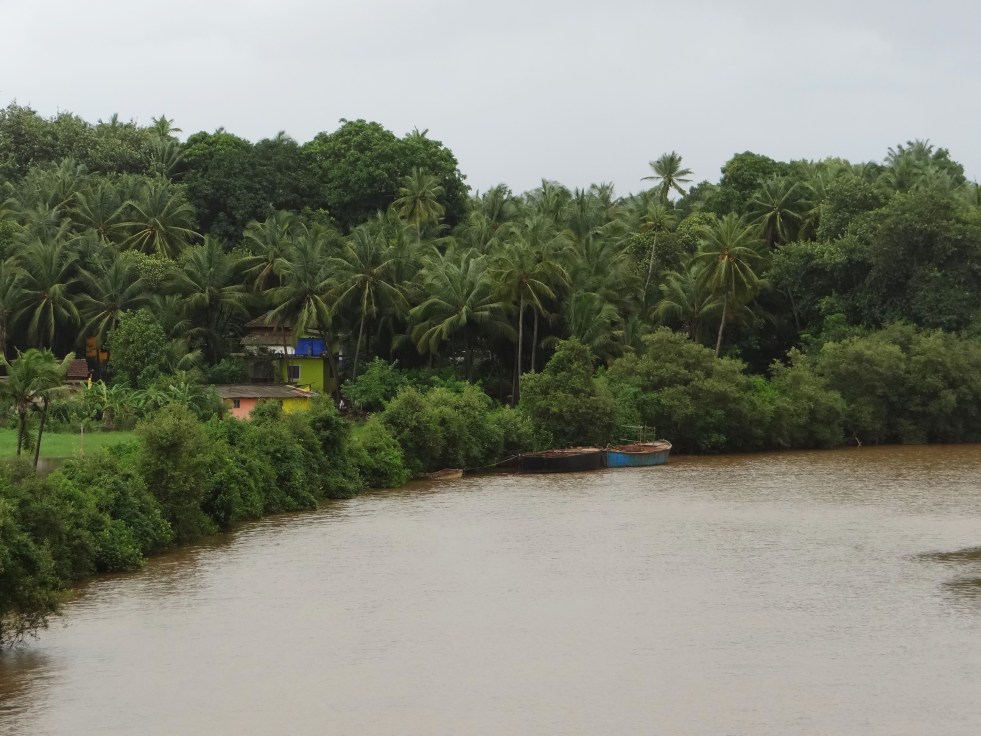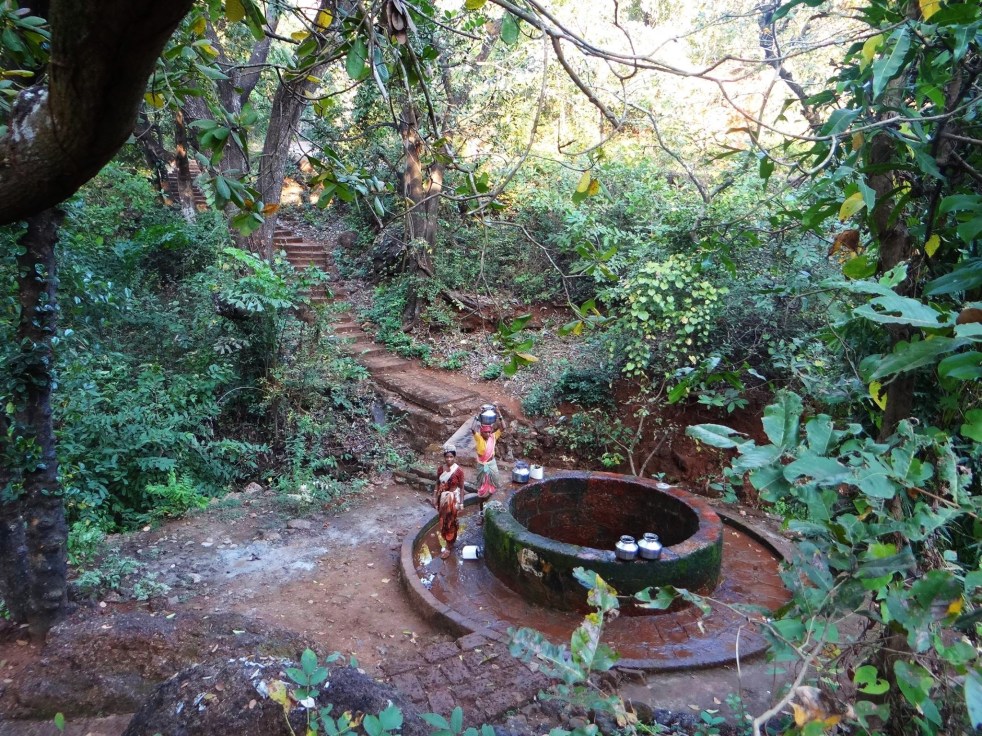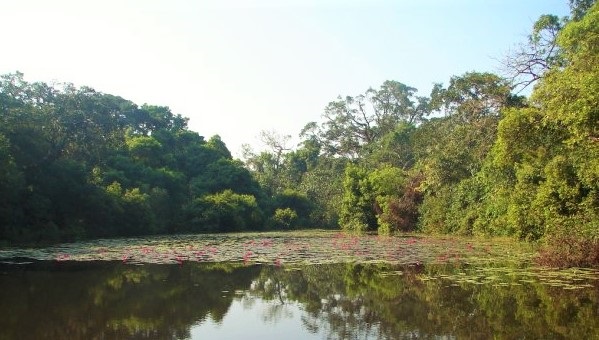“Konkan” is the narrow strip of land encompassing coastlines, estuaries, lateritic plateaus, foothills of Western Ghats and dense forests, which runs from Maharashtra to Goa. It is bound by the Arabian Sea to its west and the mighty Sahyadri ranges (Western Ghats) to its east. The isolated region has a distinct and rich culture of folklore, performing arts, music, literature, culinary art, with subtle changes from north to south. The region receives heavy rainfall of about 2500-3500 mm in summer monsoons, with the lofty Sahyadri ranges blocking the moisture-laden clouds.
The rivers in the region are as spectacular: gushing and gurgling over steep hilly paths and meeting the Arabian Sea in just about 100-150 kilometers from their origin in the Western Ghats. The steep and hilly terrain makes it difficult to build large dams, (though we keep trying unsuccessfully as can be seen here: https://sandrp.wordpress.com/2016/02/09/large-dams-in-konkan-western-ghats-costs-benefits-and-impacts/) and water resource managers never fail to point out that of the total yield of rivers in Maharashtra, 45% is from of the West-flowing rives of Konkan!
Having said that, the tempestuous nature of rives, rocky terrain and steep slopes mean that rives dry up as fast as they swell. The lifeline here is not surface water, but groundwater…Groundwater that emerges from springs as the predominant porous laterite rock meets a layer of clay..or dug wells…or unique water harvesting structures crafted by local communities.
Here is a glimpse of some such structures…to appreciate not only the utility and appropriateness, but beauty of small, local structures and traditional wisdom. Also important to note is the diversity and independence of water management in Konkan: as in India..where communities own, maintain and manage their own water. There is a special kind of power and magic in this independence. Continue reading “Many colors of groundwater in a tiny Western Ghats village” →
